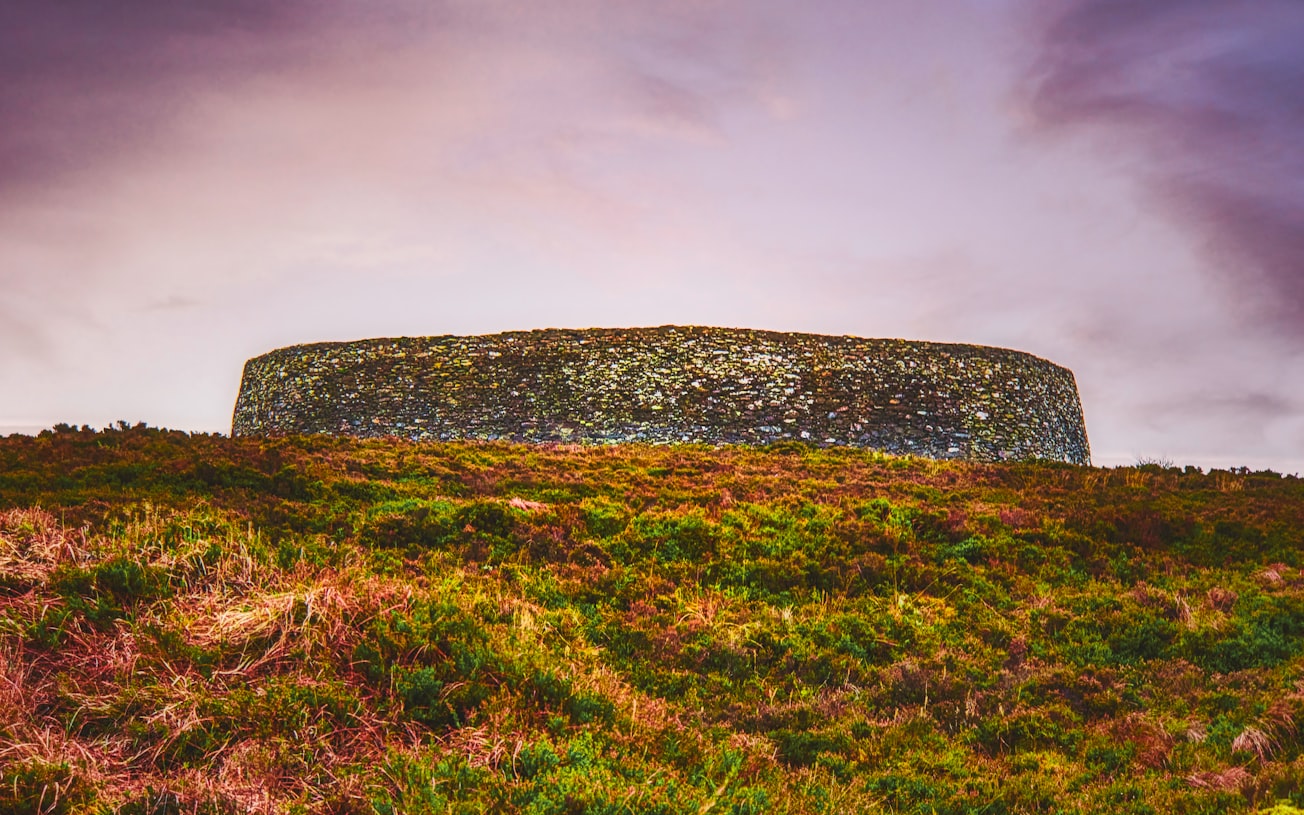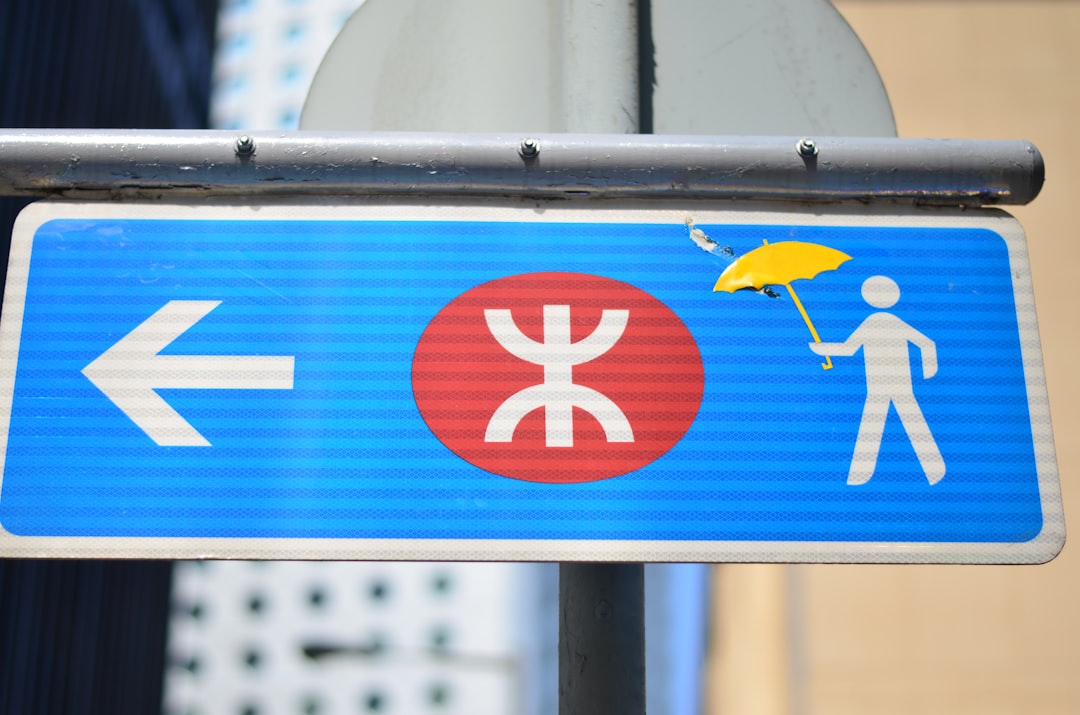What is it about?
The language we use shapes our conception of our world. At the level of structure--the order of nouns and verbs, the use of active or passive voice and the pronouns we use (like 'she' versus 'it')--language conveys an understanding of ourselves and our world. Comparing Irish and English languages shows how the words we use shape a view of nature and ourselves. How we speak can shift our view of the world, opening up the possibility of seeing people and nature as interdependent--instead of humans as inevitably environmentally destructive and apart from nature.
Featured Image

Photo by K. Mitch Hodge on Unsplash
Why is it important?
It's widely presumed that all European cultures are the same and all European people are like colonizers and imperialists--with a cultural ethos that justifies human mastery over other life and some humans mastering other humans. However, analysis of the Irish language demonstrates cultural diversity in Europe. Traditional Irish, or Celtic, culture and language conveys an understanding of humans as living with non-human life and becoming non-human after our death--through the decomposition of our bodies into soil which is the basis for all other life. Humans are connected to all other life and our lives are more meaningful than our individual personal striving. We become the flowers, fields and trees which feed the birds, bees and critters. These kinds of ideas are prevalent in lots of minor, European cultures including Icelandic, Basque and Lithuanian. Breaking down the binary between the 'West and the rest' breaks down the exceptionalism at the heart of white supremacy and is important in the present moment where eco-fascism is on the rise. European people have other cultural lineages than imperialism and colonialism, with their ecological destruction, genocide and enslavement. These ways of being European should be valued instead of the colonial and imperial ones that see life as competitive and violent. To be European does not over-determine someone to being a violent killer of life.
Perspectives
My parents were eager to achieve the American Dream. They believed their lives would be better with more material wealth. While my family was comfortable--we had a computer and went on family vacations--I grew-up near the largest landfill in the world, Fresh Kills, and near the industrial petro-chemical plants on the New Jersey coast. The consequences of living in this place became very personal to me when I turned sixteen and my mother was diagnosed with leukemia. I first became aware of the connection between environmental pollution and cancer in college when I read Rachel Carson’s Silent Spring, a book she wrote as she was dying from breast cancer. Until I read Silent Spring, I just thought my mother was unlucky. In the years since Carson’s pioneering study, scientists have found that nearly ninety percent of cancers are linked to environmental exposure and lifestyle. My mother died two years after she was diagnosed, at age fifty-two. My mother’s mother, by contrast, grew up on a farm in Ireland, never ate processed food, breathed clean air and had little-to-no exposure to environmental pollutants. She complained about having to carry stones out of the field as a child until she was so tired she wasn’t even hungry, and the house she grew up in had two rooms to house herself, her parents and her ten siblings. My grandmother, however, lived until she was ninety-eight—never having been hospitalized. The morning of the day she died, she woke up and told my grandfather, “I’m going to die today. Get everyone together.” My family’s stories—impacted by colonization, industrialization and ecological ruination, poverty and the choices of societies to pursue growth models and of individuals to pursue material wealth—motivates my research. My personal experiences are shared by many people throughout the world as growth and wealth become increasingly embraced and more people see their loved ones die from environmental pollution and climate change. My research concerns the local narratives that tie people to place in a respectful co-dependence, with particular attention to stories and language. I am interested in the possibility of the ways we speak and the stories we tell offering creative ideas for how to change our society which is our best hope for a better future.
Moira Marquis
Claflin University
Read the Original
This page is a summary of: Human to Humus: Máirtín Ó Cadhain's Cré na Cille and Ecocriticism as a Decolonialist Strategy, Resilience A Journal of the Environmental Humanities, January 2021, Project Muse,
DOI: 10.1353/res.2021.0006.
You can read the full text:
Contributors
The following have contributed to this page










